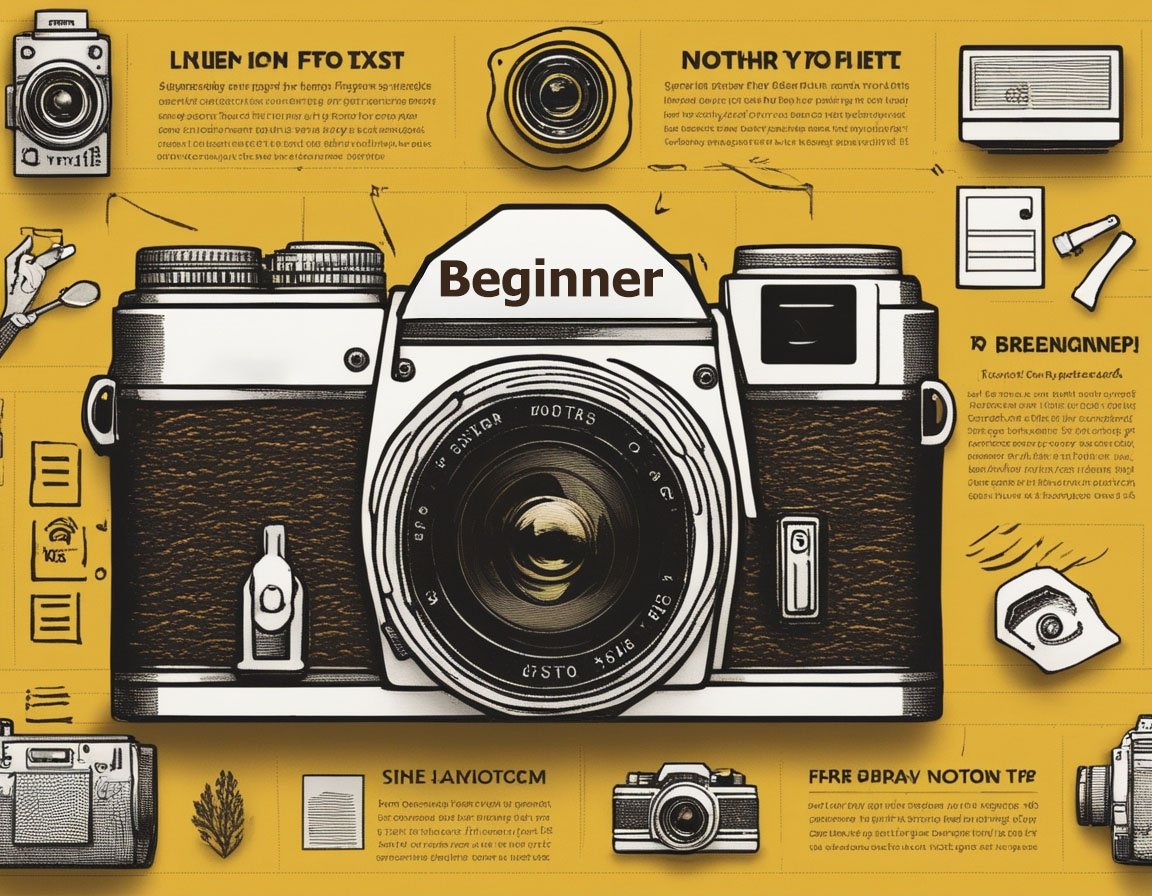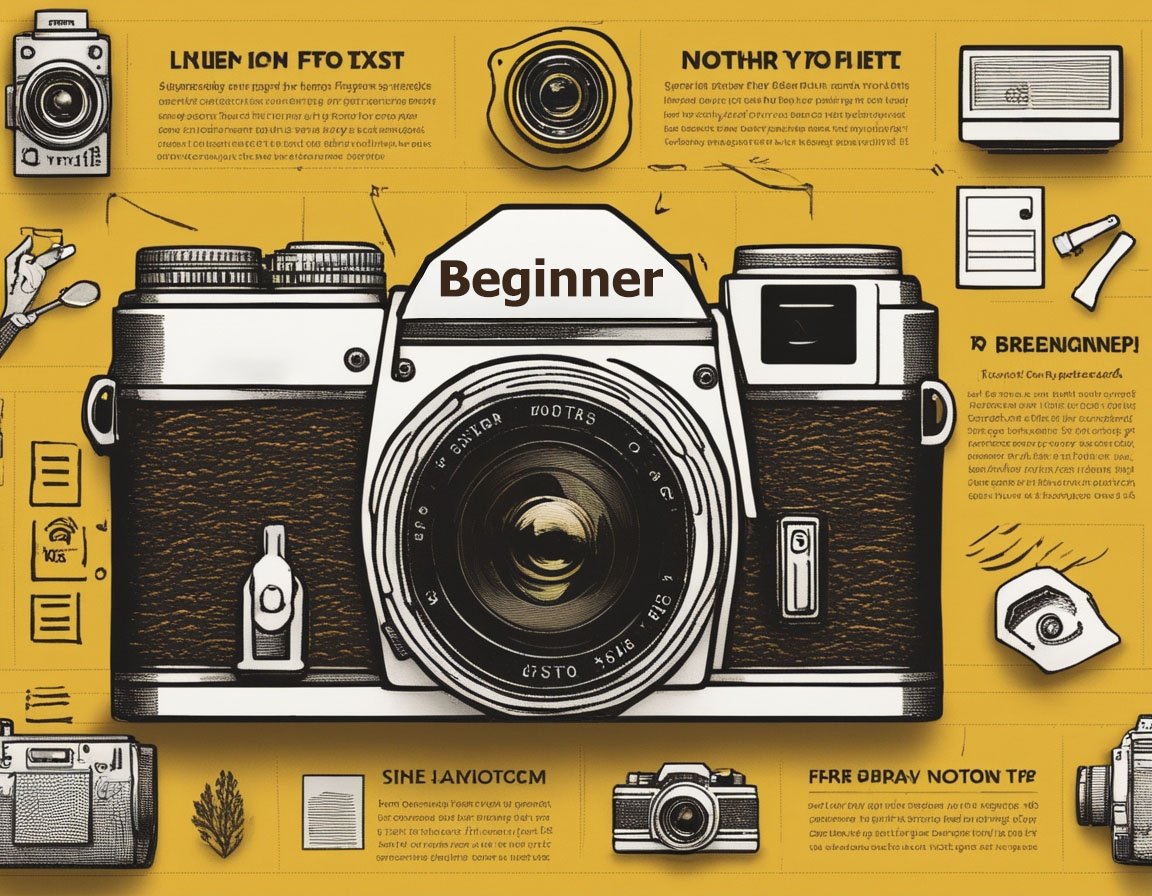Relying overly on autofocus can present a substantial barrier for novice photographers, impacting both their skills and the quality of their work. Autofocus (AF) is, without doubt, a boon to photography, simplifying the complex task of focusing for both amateur and professional photographers. However, its convenience can lead beginners to develop a dependency that stifles their growth and limits creative expression.
Understanding how autofocus operates is key to recognizing its limitations. Most modern cameras employ phase detection or contrast detection methods. Phase detection, prevalent in DSLRs, uses a separate AF sensor module with a mirror mechanism, offering speed and accuracy for moving subjects but sometimes struggles in low-light conditions. Contrast detection, common in mirrorless systems, measures contrast directly from the image sensor, providing precision at the cost of speed. Knowing these details can help photographers determine when autofocus might fall short.
One major pitfall of excessive autofocus reliance is the stunted development of manual focusing skills. Mastery over manual focus is crucial when shooting in low contrast or unique scenarios, something novices might overlook. By solely depending on AF, photographers may miss key moments where manual adjustments are necessary. This lack of skill hampers their ability to adapt to different photographic environments and scenes.
Creative constraints are another downside to autofocus dependency. Autofocus, while technically advanced, often focuses on the nearest or most contrast-rich subject. This leads to conventional compositions that lack distinctive, artistic flair. Novices need to understand the value of selective focus and depth of field, techniques only achievable through manual focus adjustments, allowing them to highlight subjects as they see fit rather than as dictated by the camera.
Autofocus also introduces problems related to focus hunting, where the camera struggles to lock onto the subject. This can be prevalent in low-light or low-contrast situations, such as night photography or shooting monochromatic scenes. Focus hunting can be a frustrating experience for beginners, leading to potential missed shots and discouragement. Understanding when to switch to manual focus in these scenarios can ensure sharper images and greater control over the outcome.
An often overlooked disadvantage of autofocus is the increased risk of missing focus on dynamic subjects. Sports photography or wildlife capturing involves moving targets that frequently exceed the capabilities of AF systems to continuously track, leading to blurred images. Developing an aptitude for manual pre-focusing or zone focusing, where the photographer predicts the subject’s movement and focuses accordingly, can significantly enhance the quality of such shots.
Another crucial factor is the camera’s AF system limitations. Not all cameras are created equal in terms of autofocus abilities. Entry-level models may have fewer focus points and slower processors, limiting their efficacy in certain shooting conditions. Novices who understand these constraints can better equip themselves, knowing when to trust the system and when to intervene manually.
Moreover, technological reliability cannot always be assumed. Autofocus mechanisms are prone to errors and can degrade over time with use, especially if the equipment is not maintained properly. Issues like back-focusing or front-focusing, where the AF system consistently focuses slightly behind or in front of the intended subject, can lead to a lot of frustration and seemingly inexplicable focus issues.
Engaging with manual focus encourages a deeper connection to the photographic process. The tactile sensation and mindful attention required offer an enriching experience. It fosters improved anticipation and subject analysis, qualities that are invaluable for any photographer aspiring to elevate their craft beyond the ordinary automated experiences.
SEO considerations are integral in making this a shareable and searchable piece of content. Employing terms like “autofocus limitations,” “manual focus skills,” “low-light photography challenges,” and “creative photography techniques” helps to optimize its reach to interested audiences. Properly tagging images and ensuring mobile-friendly formatting further enhance its accessibility and desirability across various platforms.
Balancing autofocus use with manual techniques constitutes a holistic photographic approach. While autofocus presents numerous conveniences, familiarity with its limitations and an active effort to develop manual skills enrich the photographic journey. Novices who take the time to appreciate and understand both will find themselves better equipped to capture the world in their unique vision.
An engaging read can also benefit from structured subheadings and bullet points. For instance:
1. The Limits of Autofocus Technology
2. Skills Stifled by Autofocus Reliance
3. Creative Freedom and Depth of Field
4. Overcoming Autofocus Challenges
5. Mastering Manual Focusing for Dynamic Subjects
6. Understanding AF System Constraints
7. Reliability of Autofocus in Photography
8. A Deeper Connection Through Manual Focus
These create logical divisions, making navigation easier and ensuring readers stay engaged throughout their learning journey. Effective content structure combined with relevant SEO techniques ensure the article’s reach and impact.



